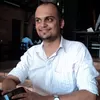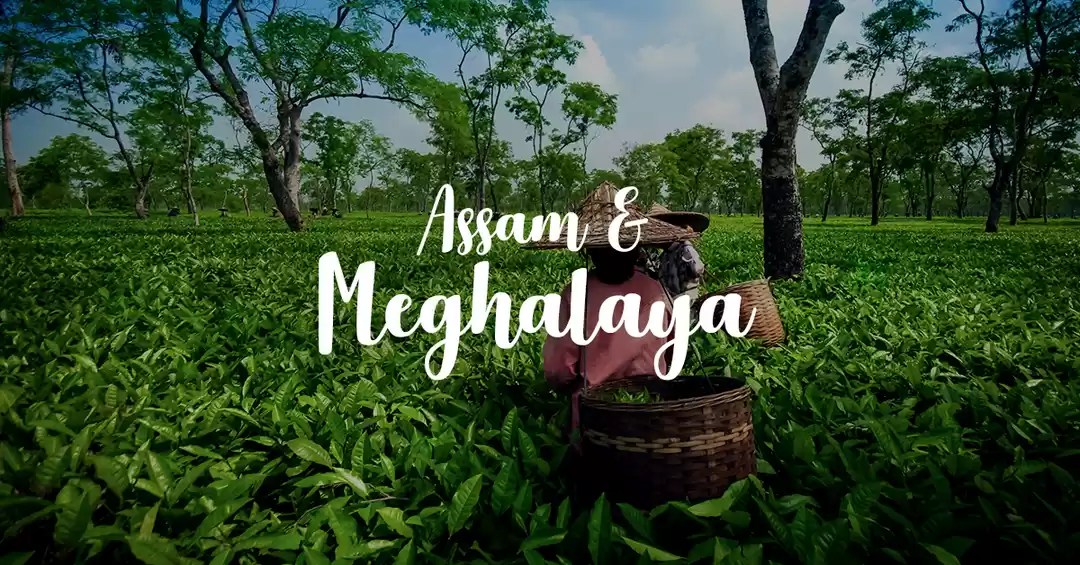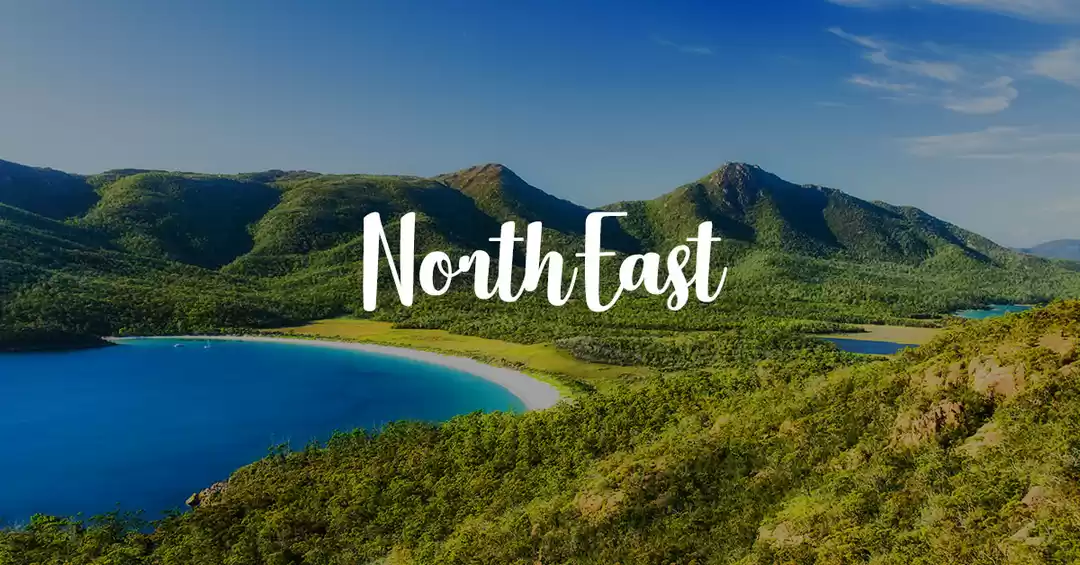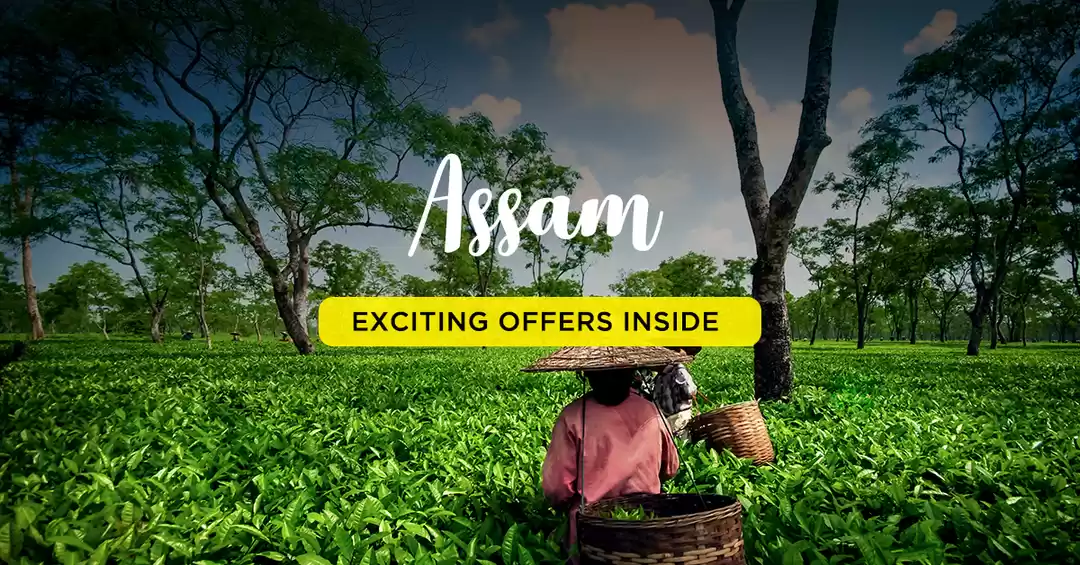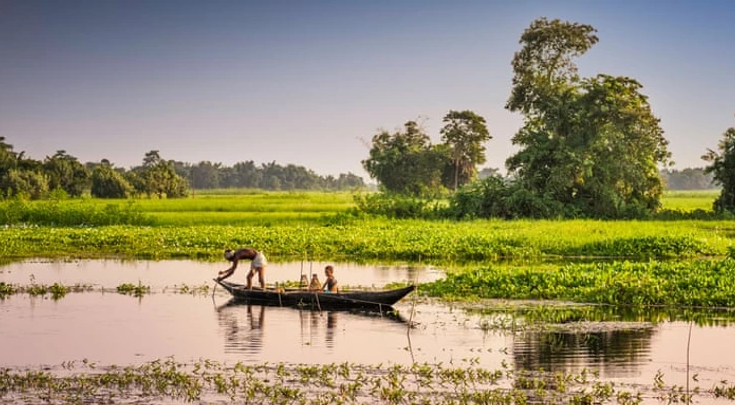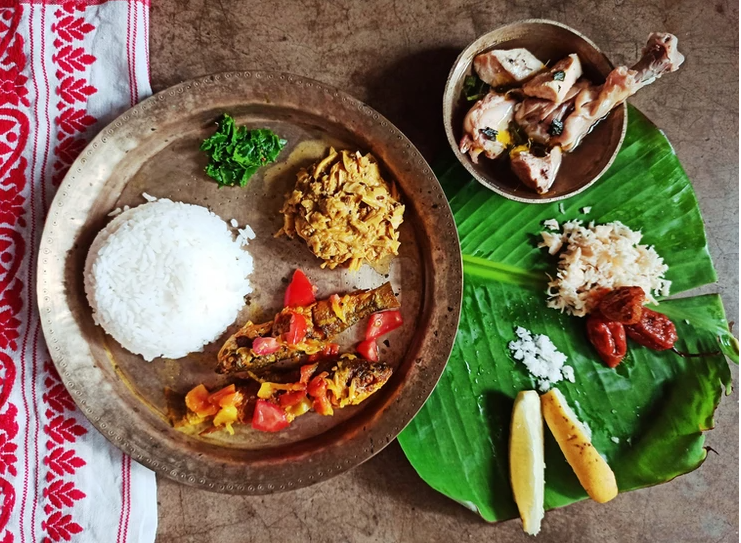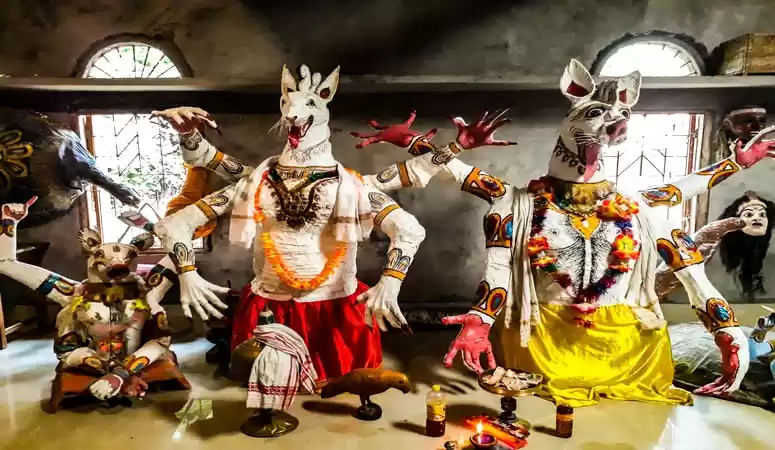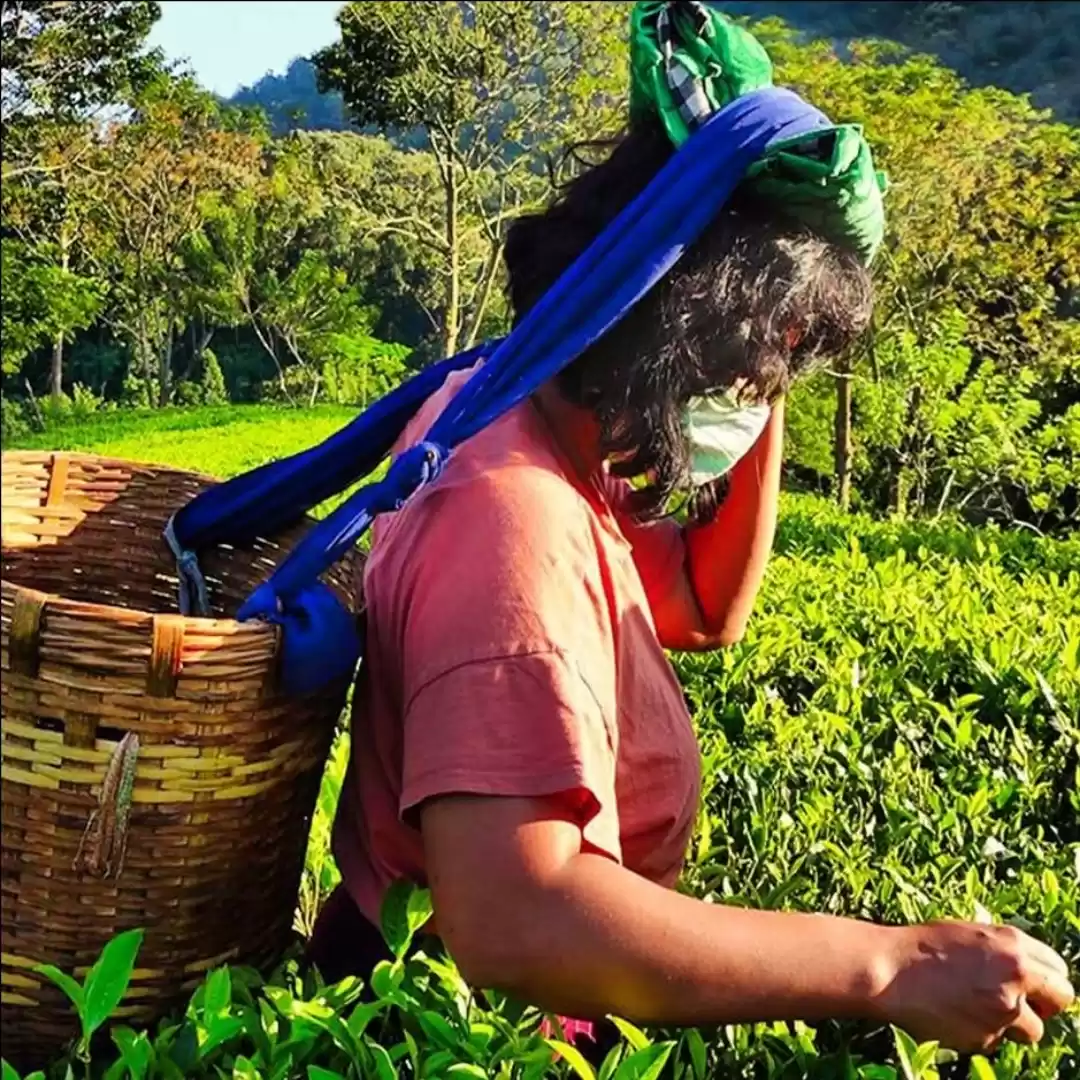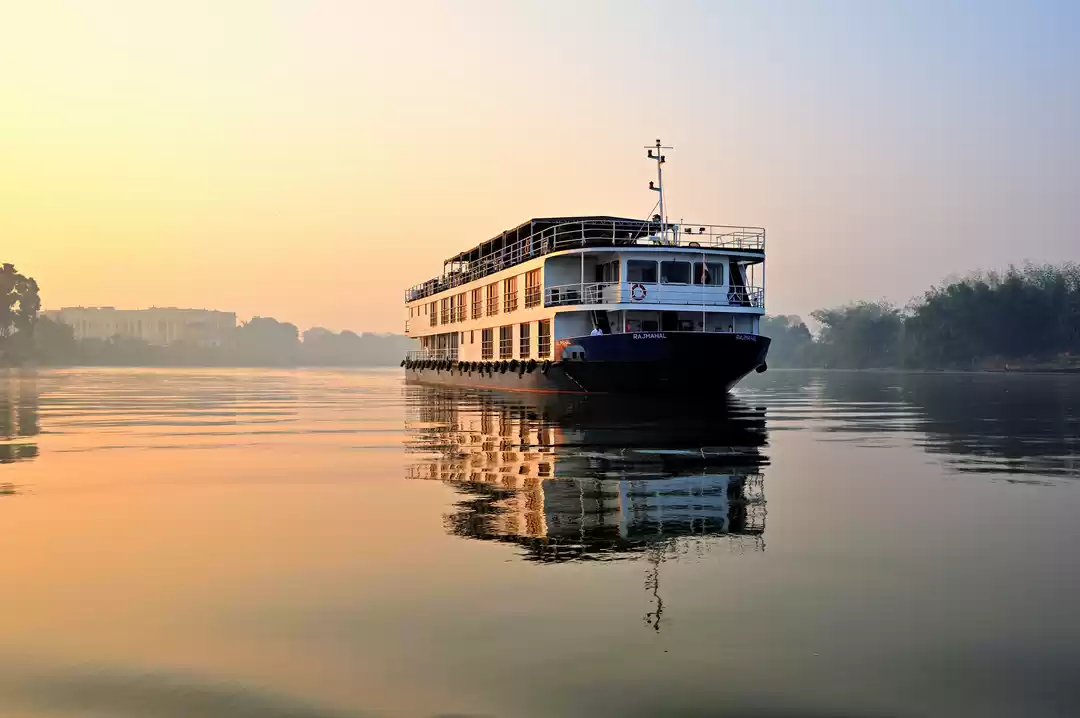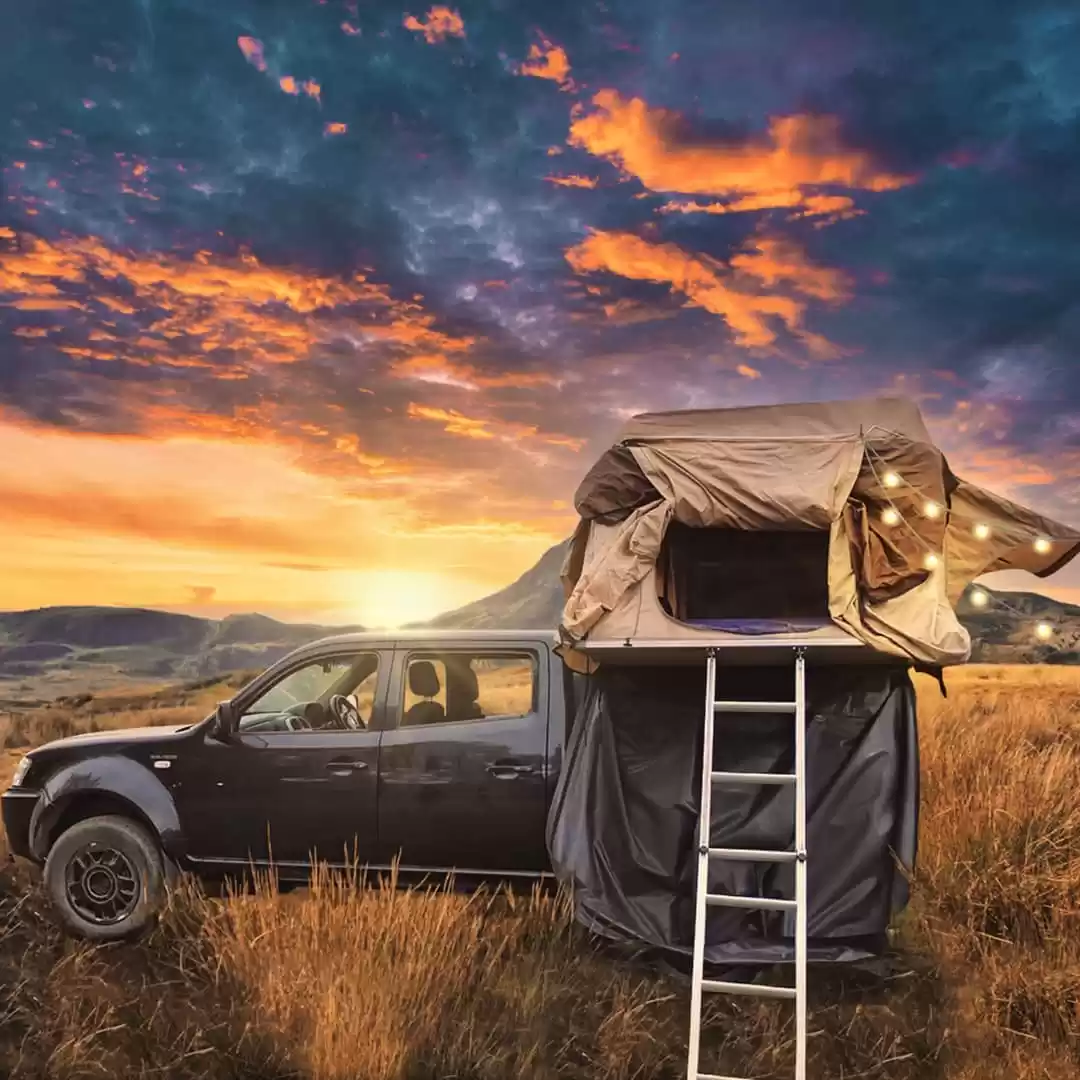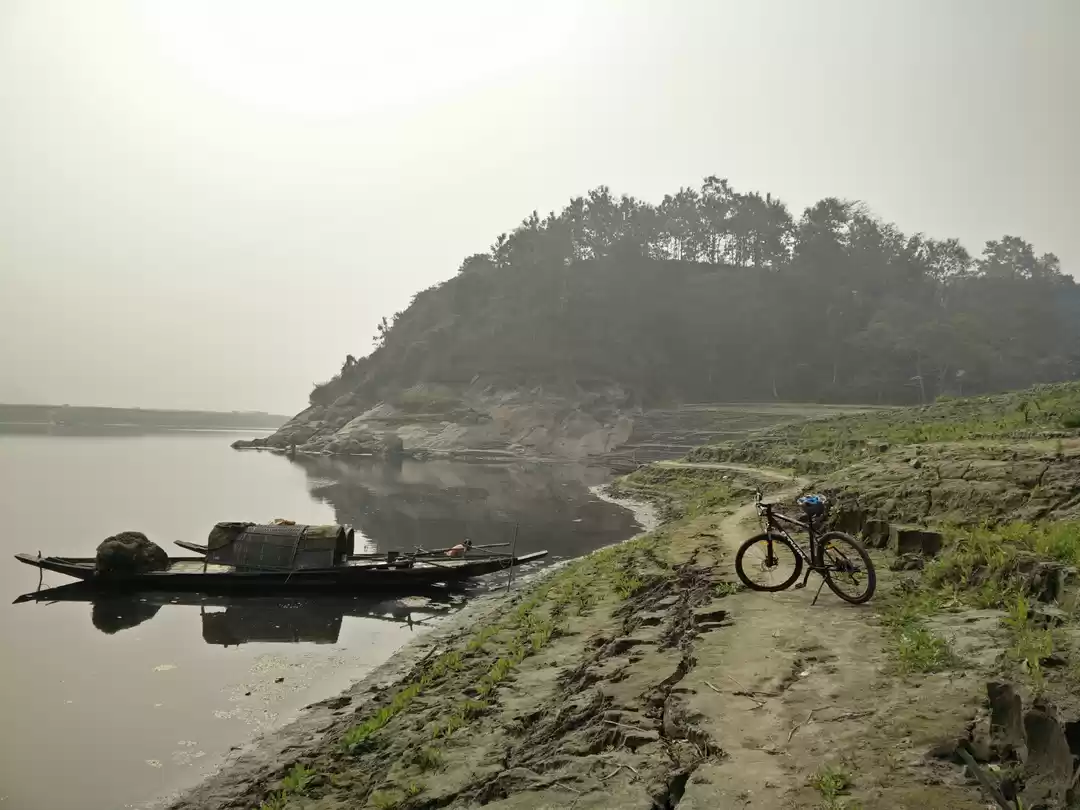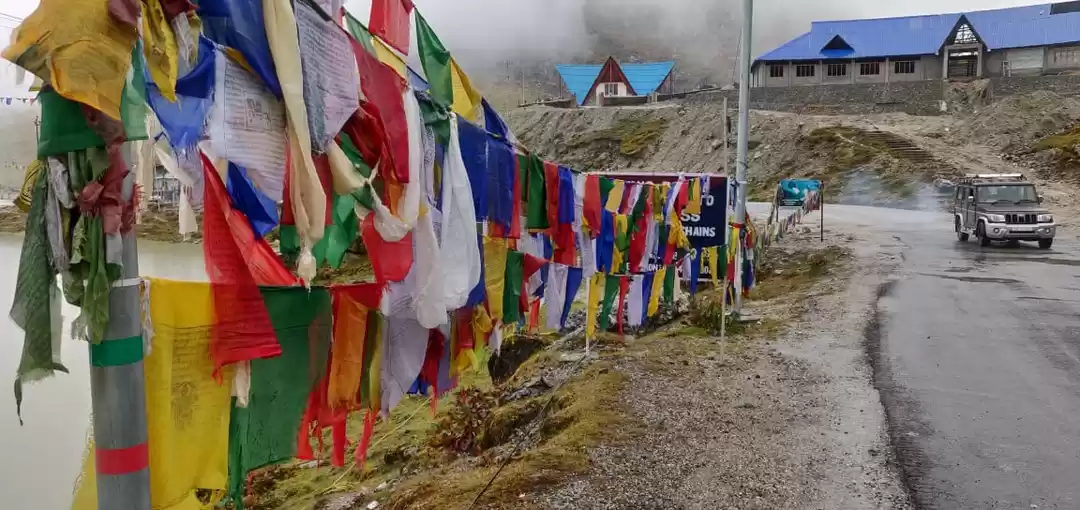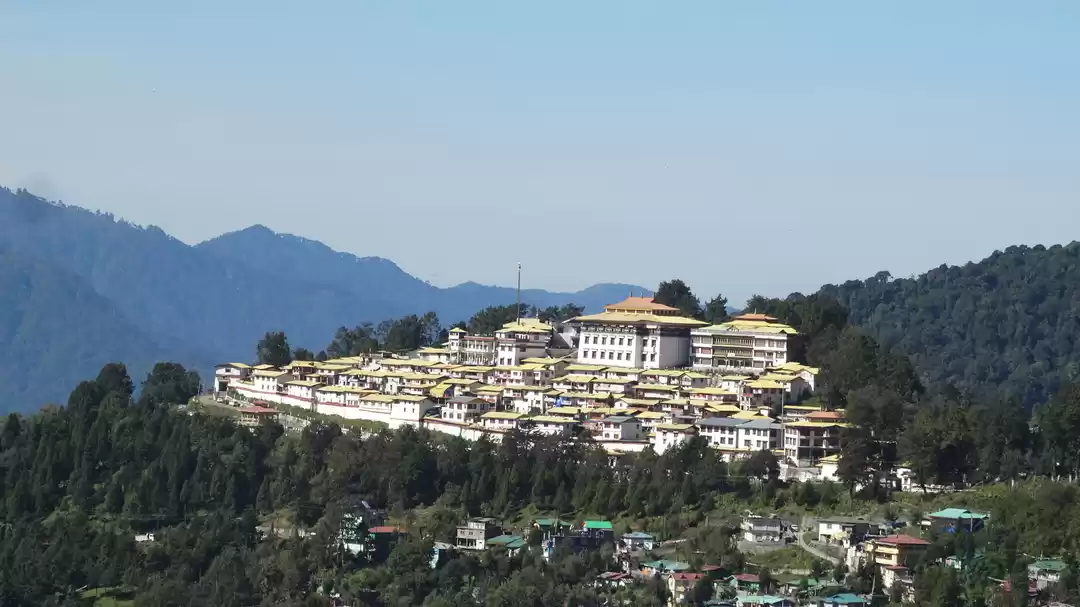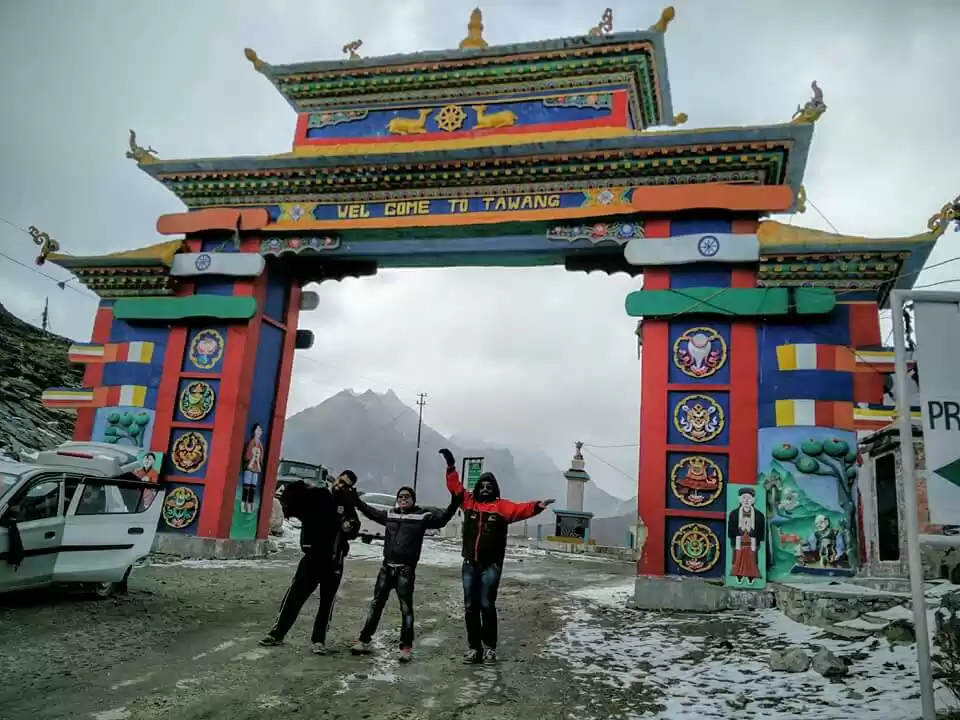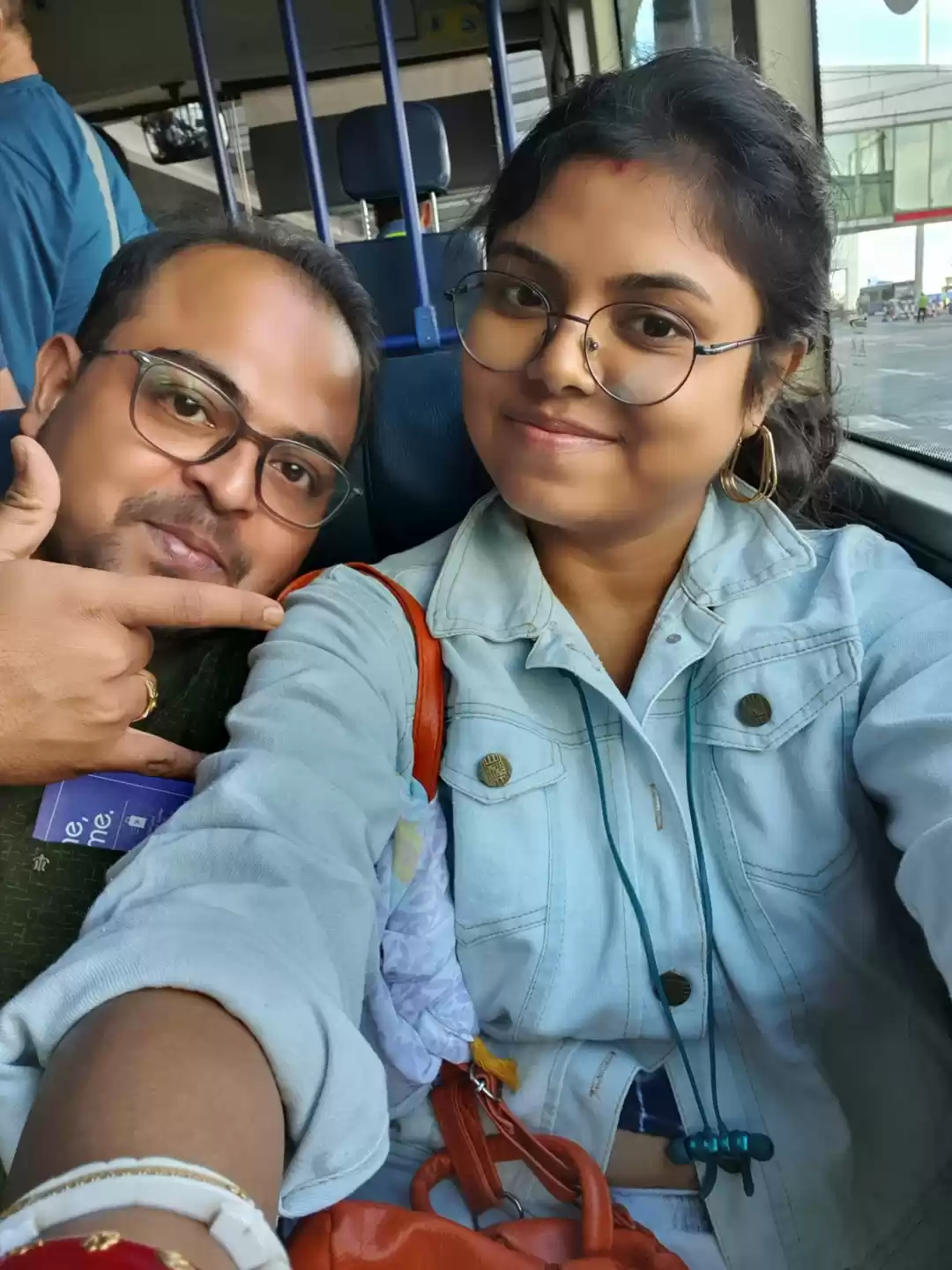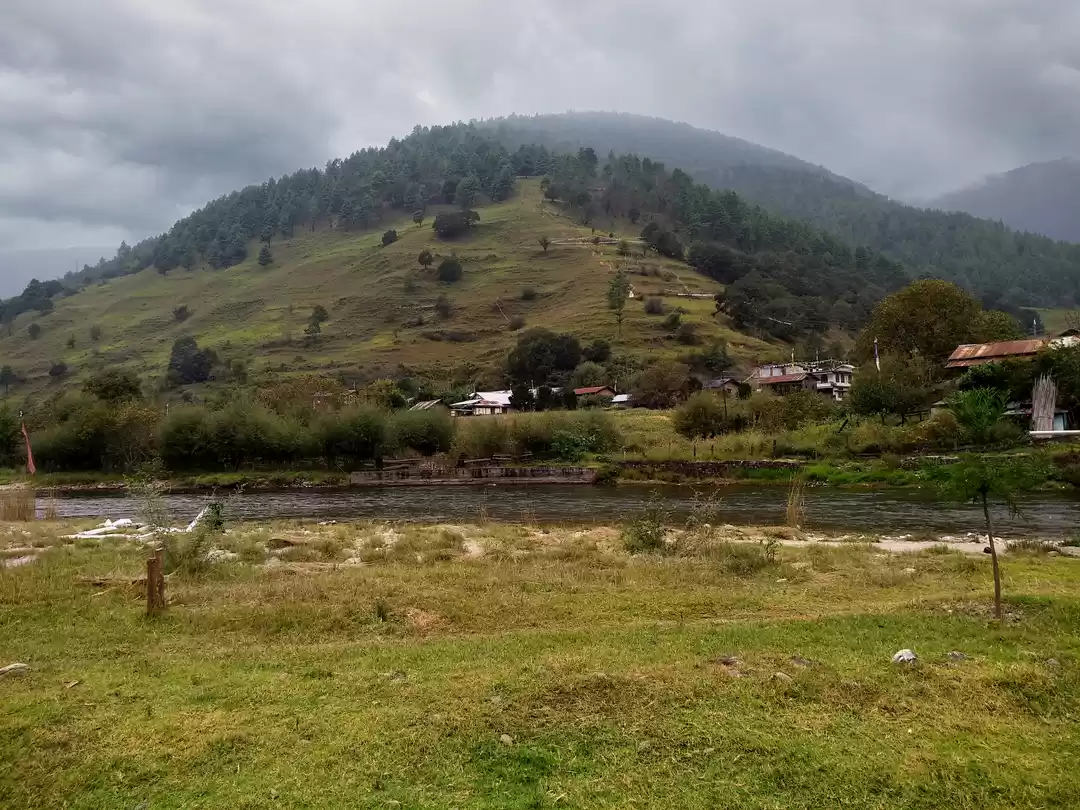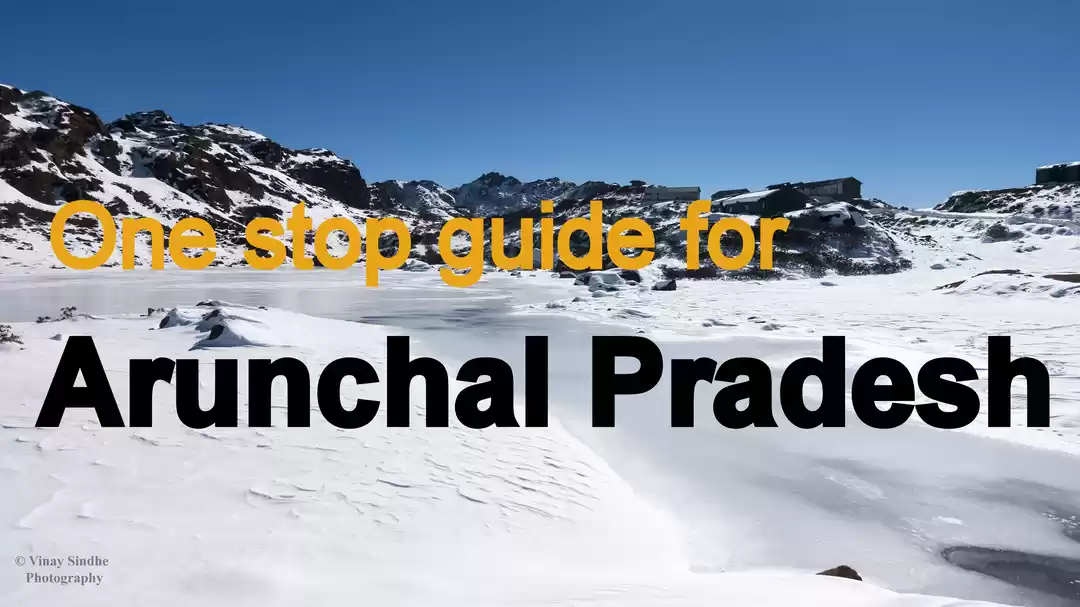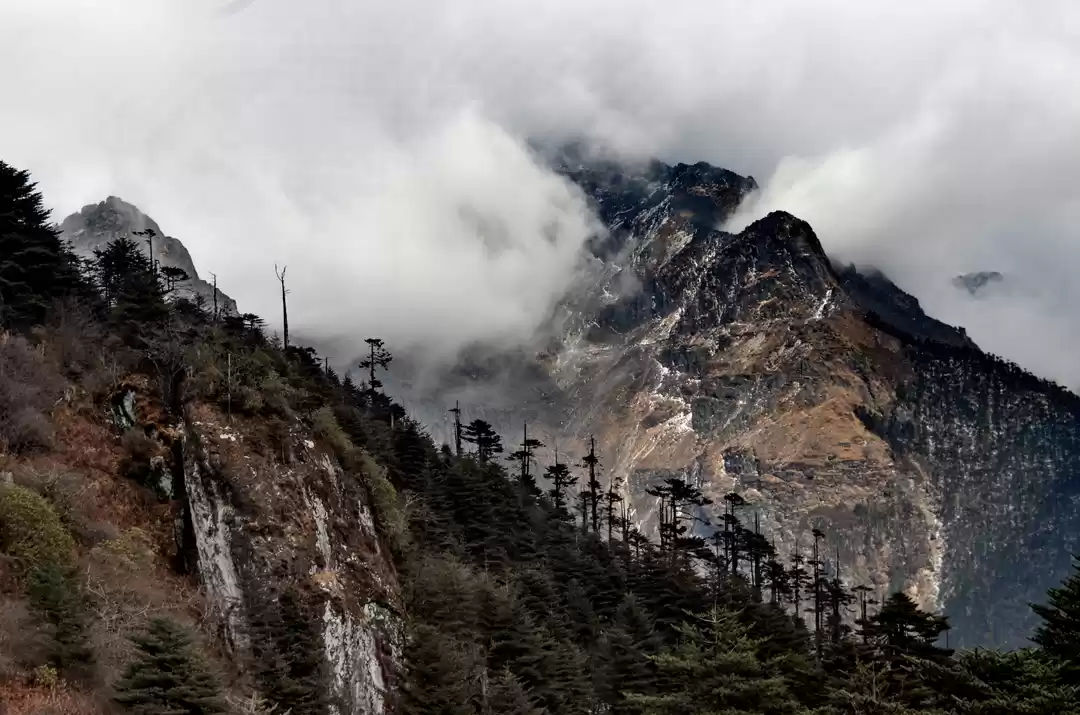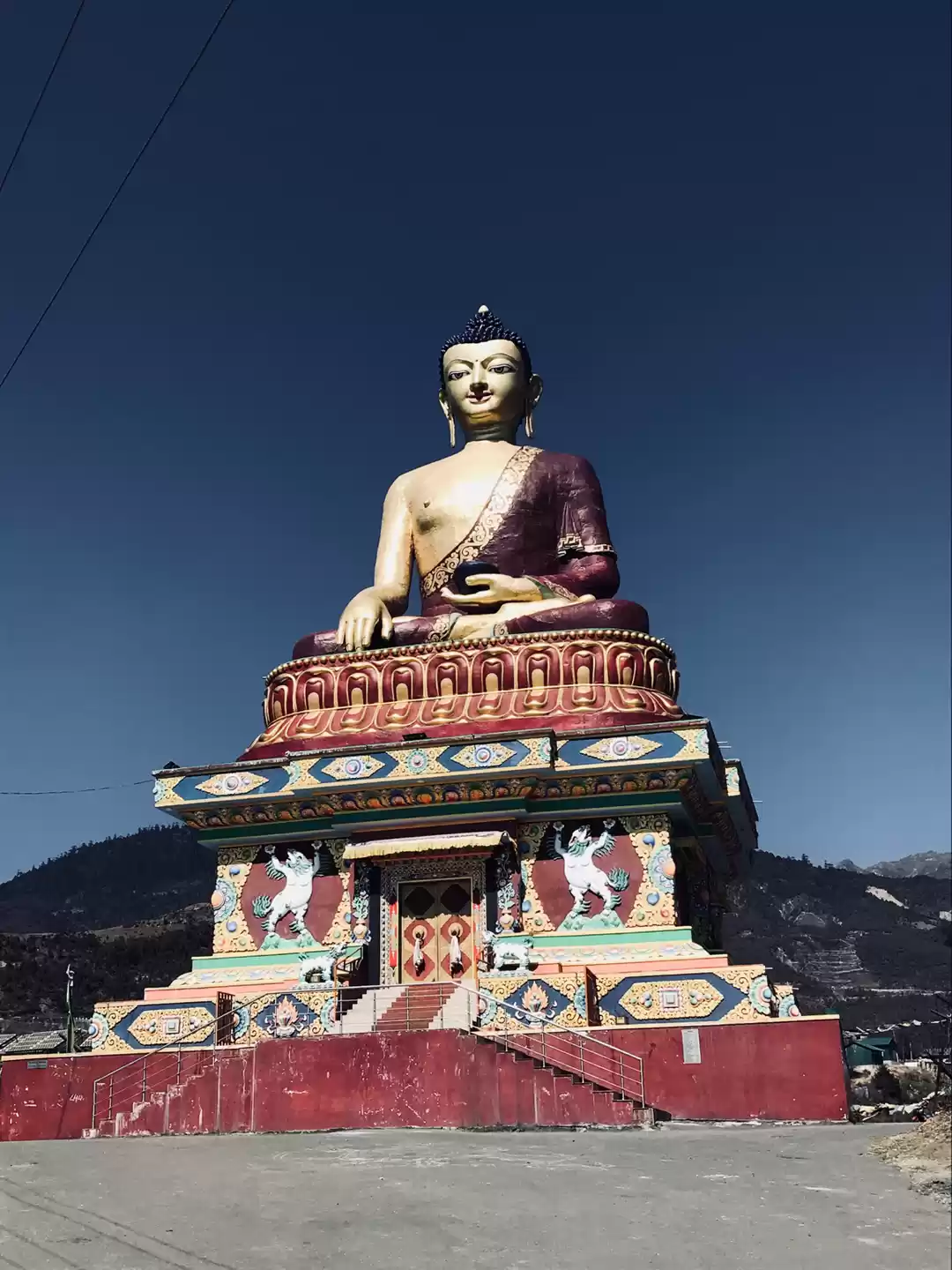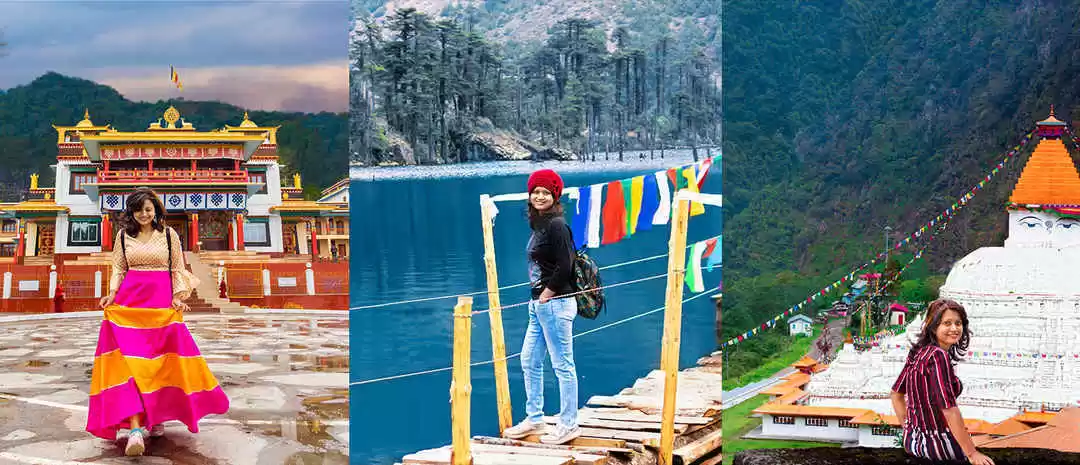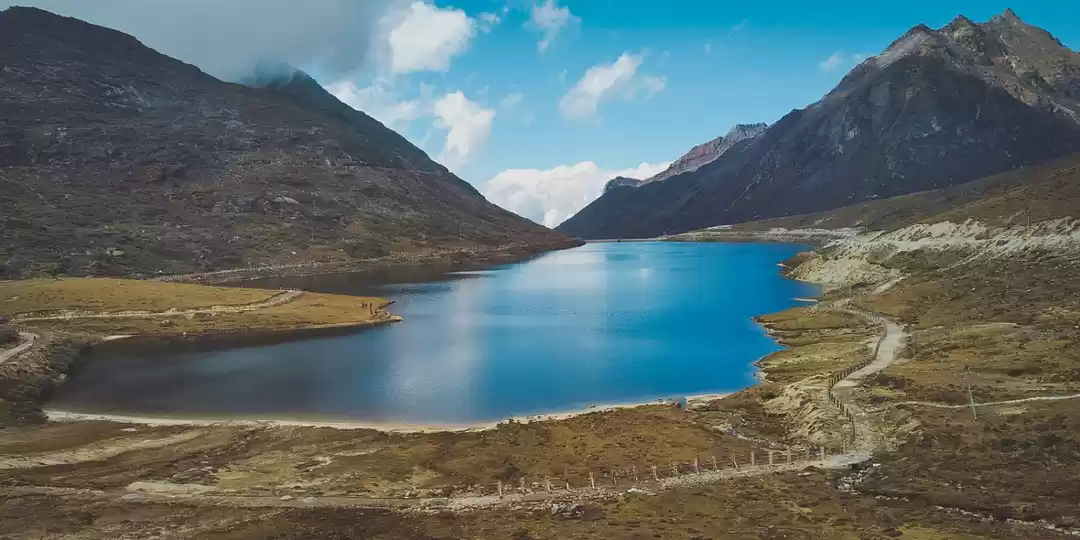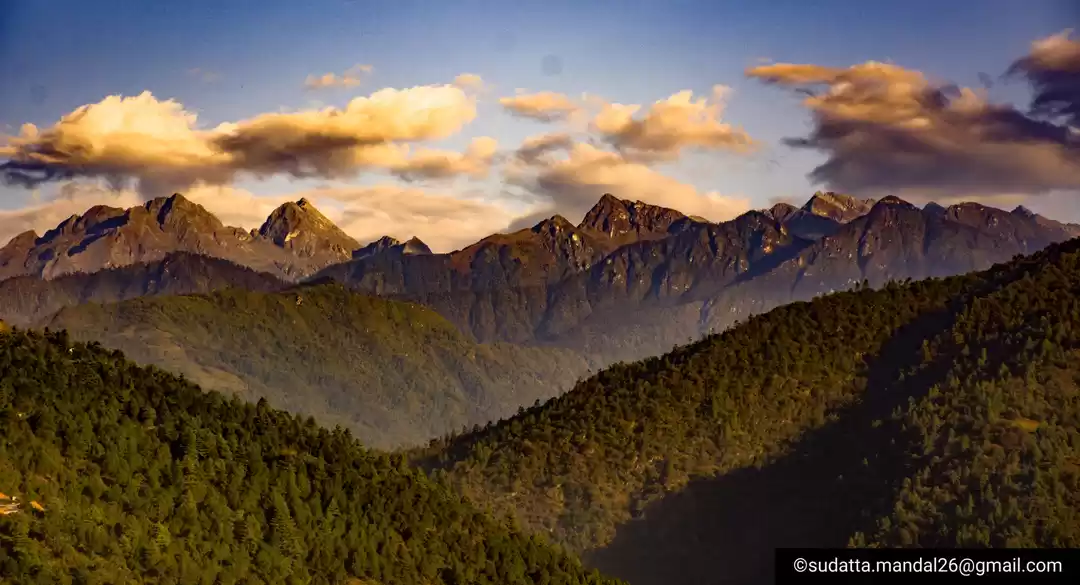“The bunkers you see, right there, are the remains of 1962 war. The Chinese came invading the same road we are driving on”, says the Sumo driver while negotiating a sharp turn. The rustic iron girders and shrubs grown on the roof tell the age of these bunkers, as a faded sunlight beam cutting across the shield of clouds lits them. Tawang has a history of its own, like no other place in India, and so is its geography and topography. The area is home to some 108 natural lakes, each one as pristine as others and religiously sacred for the Monpa tribe, the inhabitants of Tawang district. Travelling to Tawang is not a cakewalk either, the roads test your patience, endurance and ability to travel on hilly roads. We chose rainy season, the time everyone avoids to travel to this part of the country. After all, there is no charm in travelling to a serene place like Tawang, flooded with vehicles and people pouring in (Winter is the peak season). We rather chose rain pouring in, gushing riverines and uncountable waterfalls along the curvy roads.
Our sojourn began from Guwahati, the route is quite simple and yes, Tata Sumos rule these roads. So, put your backpack on the roof and hold your place tight, this journey is not for the faint hearted.
Guwahati to Tezpur: (3.5 hours by Tempo Traveller) [very frequent service, all along the day, from every corner of Guwahati] - costs 200-250 INR.
We started by 5 in the evening and got to our guesthouse by 8.45.
Tezpur to Bomdila: (Takes 5-6 hours in a Sumo, you would need to book these a day or two in advance to get the seats of your choice) - costs 500 INR.
Started at 6:30, stopped over at Bhalukpong for vehicle entry, ILP check and breakfast and hit Bomdila by 12:30.
Bomdila Town: The afternoon and evening were at our disposal. This leg of the journey is not tiring, so you have enough energy to walk up and down the slopes and stairs of this small pretty town. The weather at Bomdila changes at the spur of the moment, it might be sunny and suddenly it turns foggy or it may start raining. There are very few eateries and eating options, momos, thupka, noodles, fried rice and similar.




We headed straight to Doe-Gu-Khil Guest House of the Gaden Rabgye Ling Monastery. I had read a lot of good reviews about this place, the rooms are cozy with basic amenities and a majestic view of the surrounding mountains, from the rooms on first and second floors. During season, it is advised to book it in advance. The guesthouse is family run, and they cooked an amazing dinner of aloo and dal. The monastery is stone’s throw from the guesthouse, located on the top of the hill, it attracts locals who come here to offer prayers and meditation. Anyone would fall in love with the tranquility and serenity of this place.
(Tip: Book you sumo seats as soon as you reach Bomdila)
Bomdila - Tawang : 7-8 hours (500 INR).
Next day morning was the time for the epic journey, Bomdila - Tawang stretch. Bumpy and treacherous, yet memorable and a lifetime sumo ride. It truly tests your patience, endurance and ability to gain and lose altitude at a short distance.From Bomdila at 8500 feet to driving along the Dirang river and again gaining altitude to cross over Sela at 13,700 feet, dropping altitude to cross over Tawang Chu and finally driving up to tawang town at 10,000 feet.

By the time we reached, Tawang was engulfed in the blanket of fog, and it was our base for next 3-4 days. The tiring journey leaves you drained out and you would need to call the day early. The next day we spent in the monastery, market and the town, walking up and down the narrow roads of this beautiful town asking directions from the lovely people.
Tawang monastery is a hidden treasure, deep in the himalayas, being the cultural epicentre of Tibetan ethnicity and budhism. The museum, gompa and the school are the few things to visit at the monastery, besides the sweet interactions with the lamas, specially the kids are fun to speak and to listen to their lovely stories. Be kind to the people there and they will reciprocate it 10 times. If you are lucky enough, like us, you may get a cup of tea offered, at the monastery kitchen, and if that happens, try out the salty tea with butter.
War memorial in Tawang town is a must visit place, and you must witness the light and sound show (starts by 6 or 6.30) in the evening. It covers the stories of brave soldiers who gave a tough fight in the 1962 war. It would be of deep interest to people who find wars or history interesting.
Having spent a couple of days in Tawang, we decided to get on the last leg of this journey, the ride up to the Bumla, one of the four India-China border posts open for public visits. The pass has a history of its own, it witnessed the Chinese forces invading Arunachal in the 1962 war. Dalai Lama took the same pass to escape Tibet and enter India. It hosts flag meetings between the officials of both the sides. Although, being rainy, we were advised not to go, as visibility would be limited and we would end up spoiling the day. Going against the odds, we asked a sumo driver to arrange the pass and start next day morning at 6am.
Tawang - P T Tso - Bumla - Sangetsar Tso: Reserved SUV or Sumo, costs around 4500-5000 INR. To get there, you would need a permit issued by the DC office and signed by brigade commander. The driver will get that for you, keep few Identity card and ILP copies handy with you. It is best to get it done a day prior to your travel as it takes sometime to get it issued and hand it over to the brigade office. They sign it in the night and you are good to pick it up in the morning, on your way to Bumla.
Well, as we gained altitude, to our surprise, the sun was peeking through a small window in the clouds and the bluish mountains were welcoming this streak of pale yellow sun rays.

Having stopped over at the Y-junction for a while, we headed to Bumla. Pristine lakes on the way and the exhilarating views take away your attention from the road conditions.


Bumla is your chance to get a peek into the life of our armed forces men under such treacherous and extreme geographical conditions, at an elevation of 15,200 feet where oxygen level depletes. Standing at the post you can gaze into the Chinese territory as the soldiers explain you the geography of the Line of Control. This is truly a lifetime experience.



Sangetsar Tso was on our way back. Commonly known as madhuri lake, it was formed as a result of an earthquake. The tree trunks still stand tall in the middle of this lake, and that is what make this lake alluring. Walking along the circumference of the lake is blissful and divine. There is a small army run cafeteria, where you can get momos and cholle bhature, tea and coffee.
Heading back towards Tawang, we got a snapshot of PT Tso. It is nearest to Tawang town and you do not need a permit to visit it. Since, we had seen so many ristine and captivating lakes, we gave it a miss. If you can strike a chord with the driver, who would be a local, he might take you to the lakes where tourists are not taken. Every lake has religious importance and some of the lakes are divine to the local monpa people, where they do not want tourists to go. We were again lucky enough to visit one such lake, the access to which was by foot.
There are few more places, like Nuranang falls, Jaswant Garh war memorial and Sela lake, which you can cover on the way back as well. Weather did not permit us to visit these.
And it was time to embark on the return journey, but we were amazed by the places we had kept on the list for return journey, and Sangti valley one such surprise. We booked our seats on the Sumo for next day morning, unaware what was held up for next two days.
Tawang to Dirang: 5-6 Hours (Cost - 750 INR)
After settling down at Dirang and relishing on the spicy hot soupy maggi cooked by the lady at guesthouse, it was time to grab a beer and get some rest. Next day we asked the care-taker to arrange a taxi for Sangti. It turned out to be a hidden jewel, just 10 km from Dirang town. The lush green paddy and maize fields along the Sangti river are a comfort to senses. We walked down to the bridge and crossed over to the other side of the river, sat down for an hour just gazing at the flowing river. Except few locals, we wanderers were the only outsiders. There are apple and kiwi orchids nearby, if that interests someone, they are open for visits. And as I said earlier, there was no dearth of surprises. While heading back from Dirang to the guesthouse, we passed by an about to start football match among two units of the army. We enquired, and we were called upon to the sofas laid down for the officers to watch the match, and we ended up savouring hot pakodas and tea while the soldier-players were sweating in the rain.
That marked an end of this journey to the one of the most picturesque part of our country, as we boarded sumo for the last leg. The small instances still bring smile to our faces,travelling to the farthest corner of the country with locals, bollywood songs on sumo rides, watching a Telugu movie dubbed in Hindi being played in a Assamese registered vehicle, the innocent yet warm smiles of Monpas, are all memories to be cherished for lifetime. Travel liberates you and makes you humble, I wish everyone embarks on such a journey and the world would be a better place to live, and travel. Happy Travelling.

